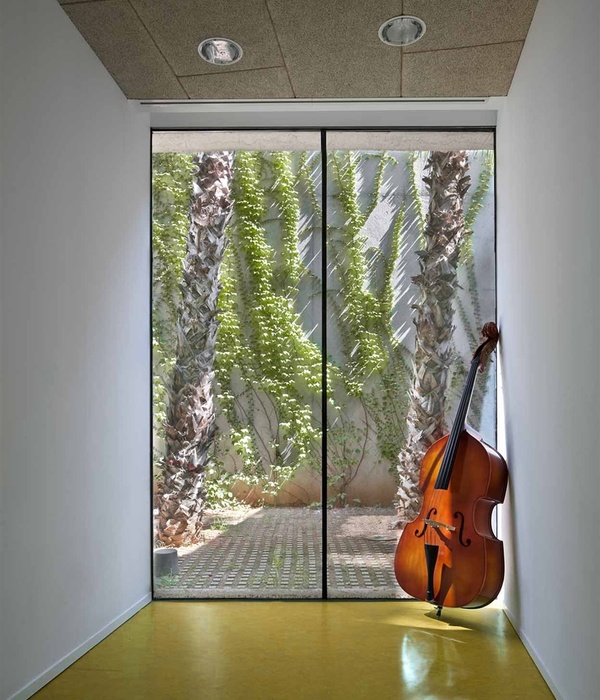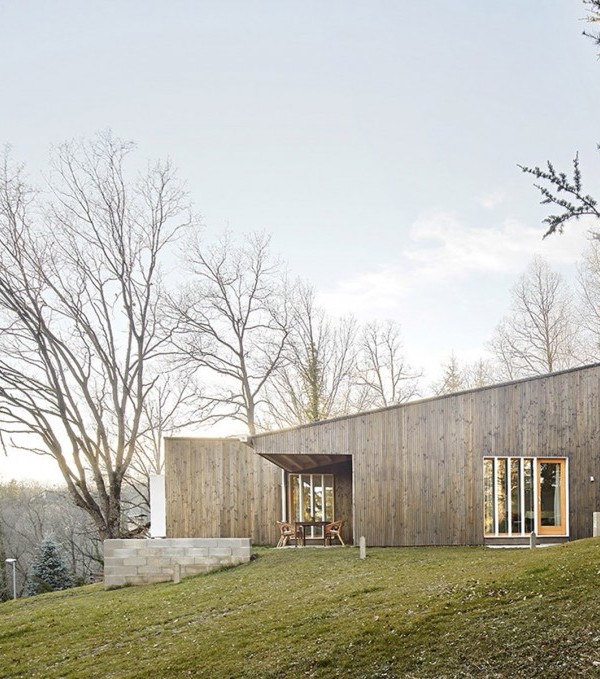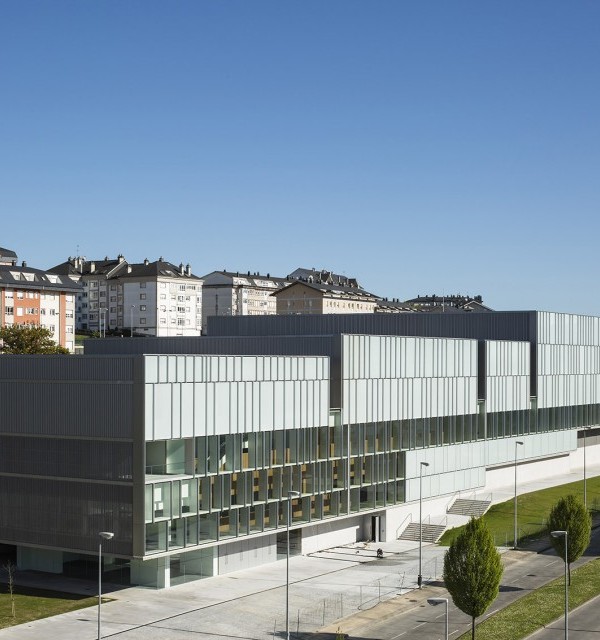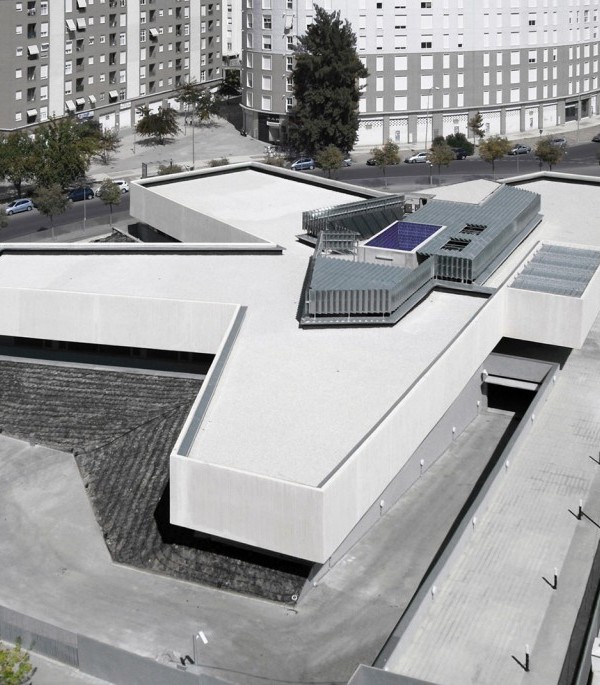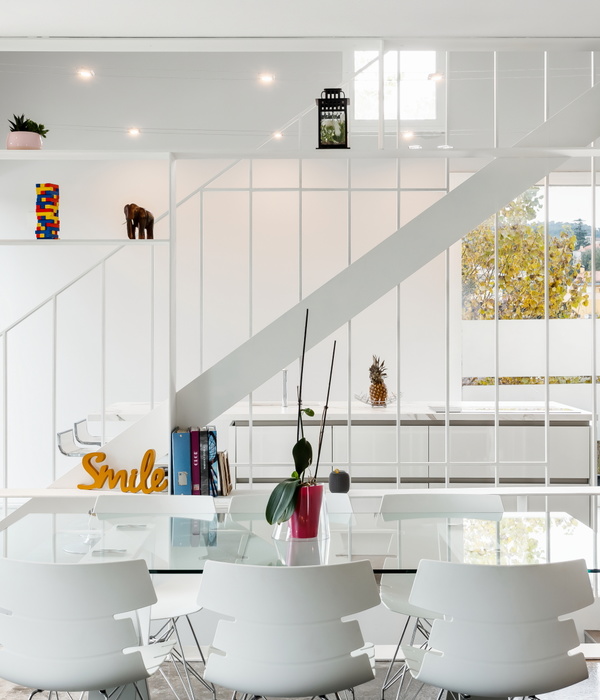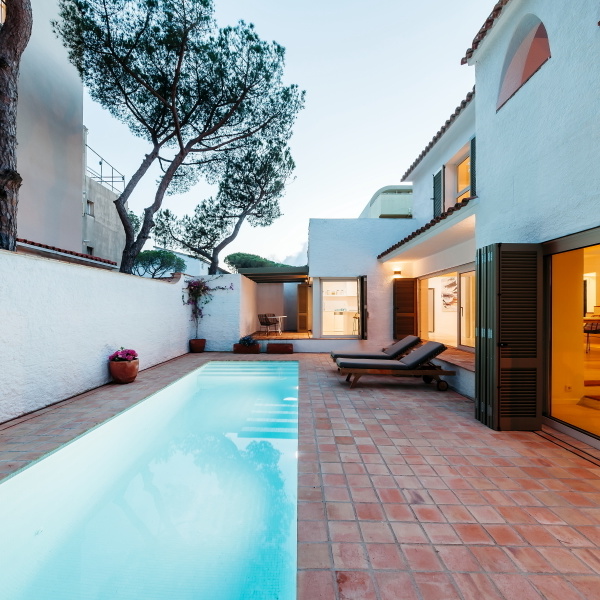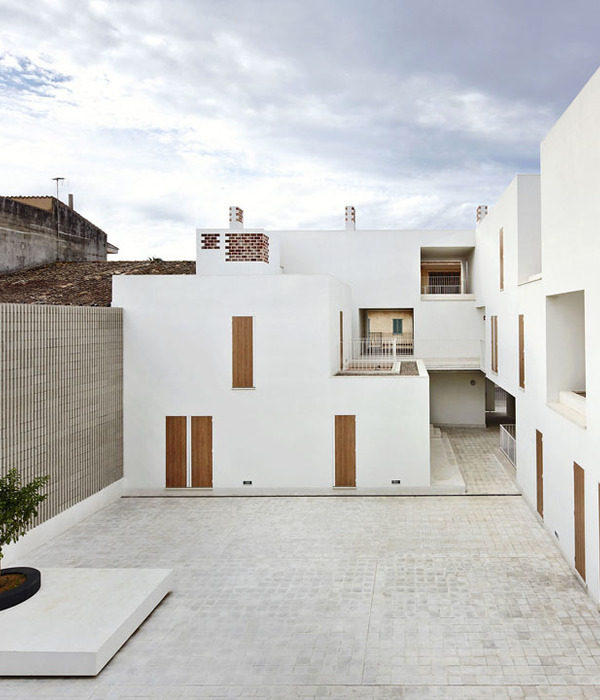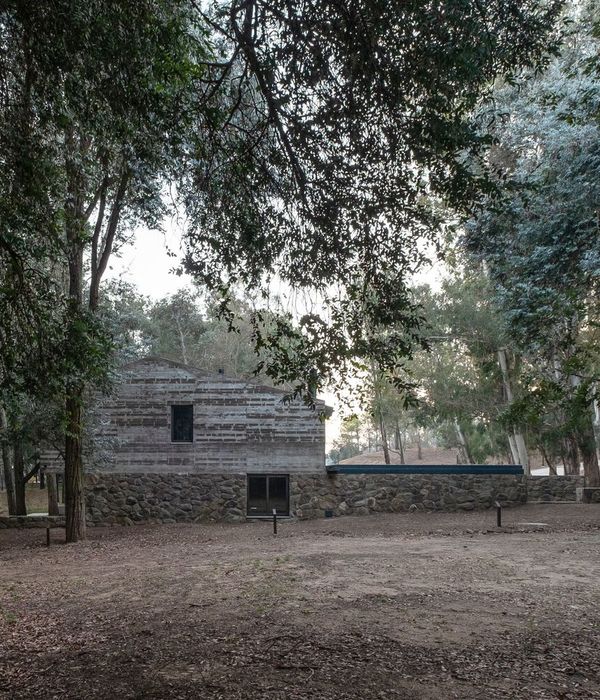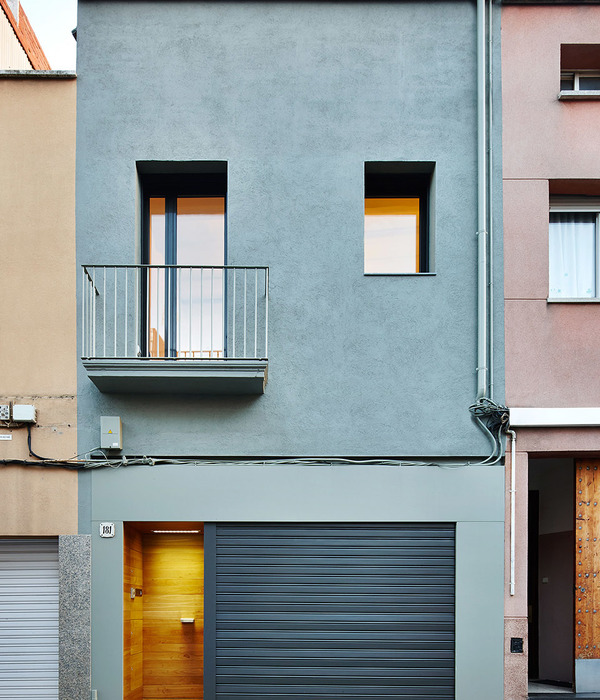Appreciation towards Zheng Wang & Lu Liu for providing the following description:
我们的目标并不是设计‘制造副产物’本身,而是将其视为一个设计和建造过程的特性。通过多层面的角度,材料和制造方法的介入,我们论证‘制造副产物’概念的结合将会在类型,外观,材质,降低成本,大规模生产或材料特性方面带来更好的结果。
Our aim is not to design “misfits” per se, but rather to integrate these as characteristic parts of the design and manufacturing process. By following a multifaceted object/material/fabrication approach we we demonstrate that a combination of these can lead to better output results in terms of typology, performance, material and cost efficiency, mass customization and part/material behavior.
除了多变的装饰用处之外,石膏同时具有粘合不同3d打印体块在一起的功能,使3d打印成为一个完整独立的结构。(石膏的粘合便是‘制造副产物’的体现,石膏原本只是为了外表面的装饰,却同时可以起到粘合作用,在设计中,我们便将3d打印外部所有的接缝处都增加石膏装饰,并在3d打印内部用石膏连通,形成一个连续的内腔)。3d打印的‘制造副产物’是支撑材料,这些支撑材料从底面生成柱状结构支撑易塌部分(3d打印物体出现水平角度小于45°的部分都是易塌部分),我们设计了一个树状的支撑结构代替柱状支撑,形式上受结构功能和美感控制,此外不用在完成打印后拆除,节省材料。
建筑结果是一个高细节的序列空间,目的是改造伦敦大火中的废墟Winchester Palace。废墟改造方案中支撑结构成为了设计的重要组成部分,而不是仅供建造的脚手架。在结构与构造的基础上同时具有装饰价值。
besides the intricate ornamental effects generated, the plaster is also a means of fusing different 3d printed parts together, reinforcing these to form a complete self supporting structure. exploring the extremes of the parameters that dictate the need for support material, the 3d printed form is controlled to meet both local and global programmatic, functional and aesthetic constrains.
The resulting architecture is a sequence of high-resolution space, proposed as a redevelopment of, and extension to the Winchester Palace Ruins in London.
Exterior courtyard rendering showing a clear integration of support structure as part of an overall design approach, operating on a structural/ fabrication level as well as being part of the aesthetics of the project.
designer : Zheng Wang ( Hansbrough) Lu Liu
设计者: 王铮 刘露
tutor: Isaie Bloch Moa Carlsson
UCL The Bartlett School of Architecture MArch GAD RC2 2013-2014
ps:该作品设计者王铮和刘露均以distinction的成绩从巴特莱特建筑学院GAD毕业。模型照片拍摄于2014 B-PRO Show 展览现场。
,更多请至:
{{item.text_origin}}

